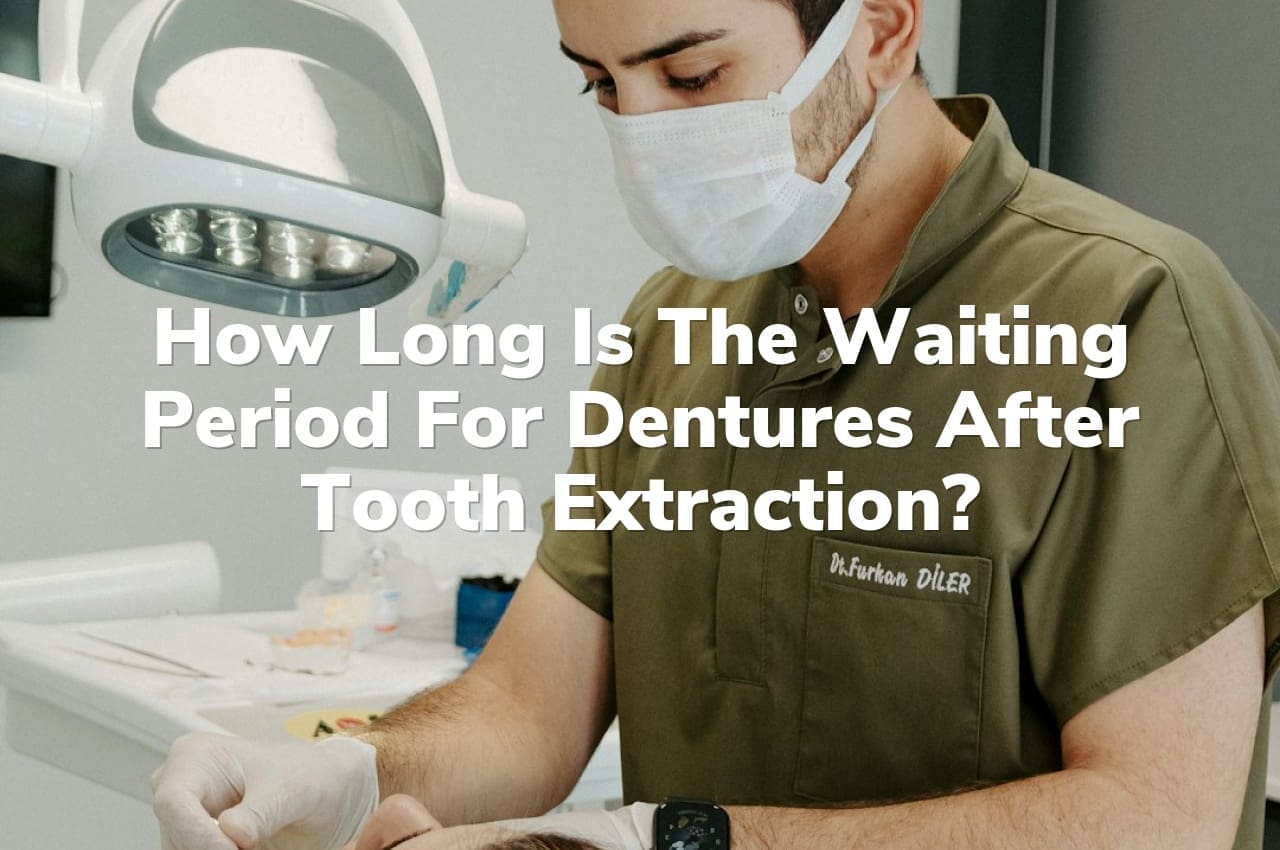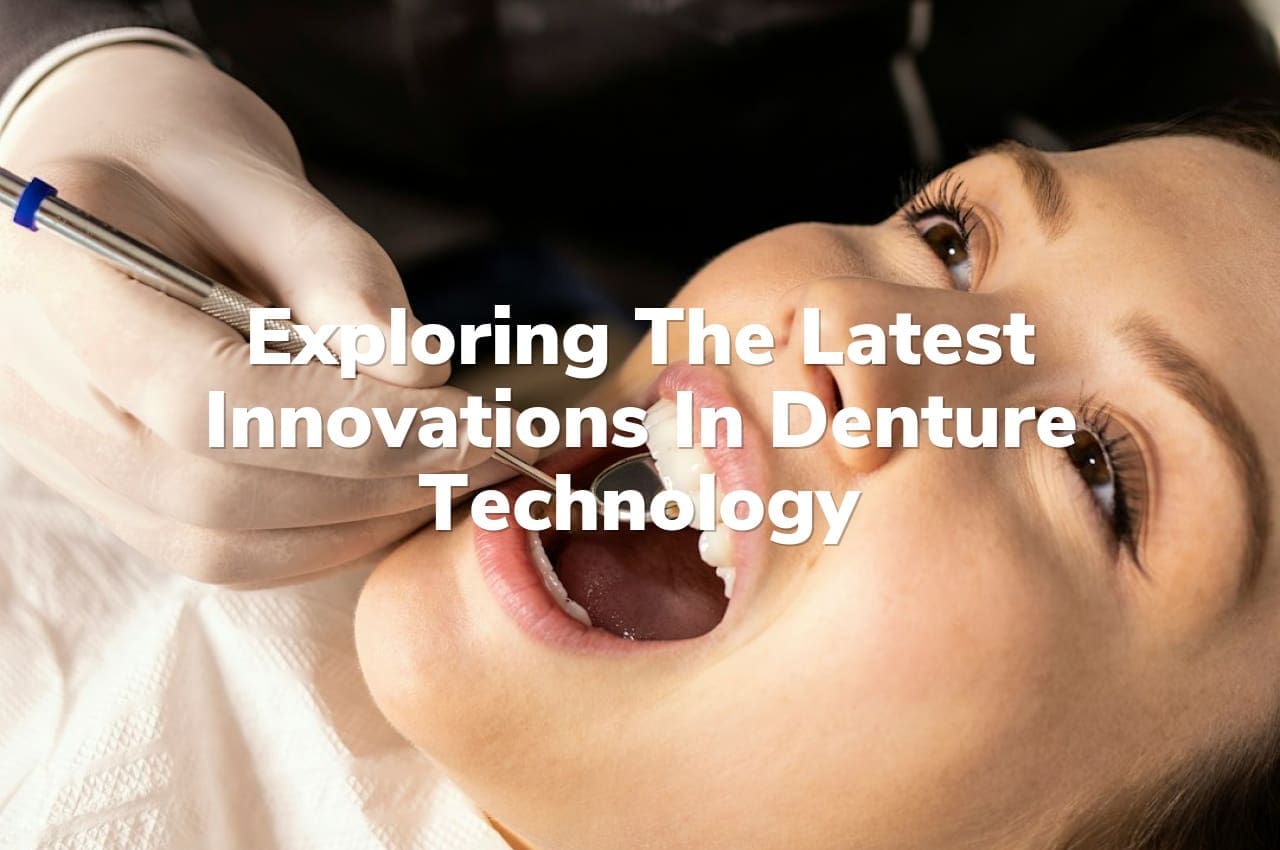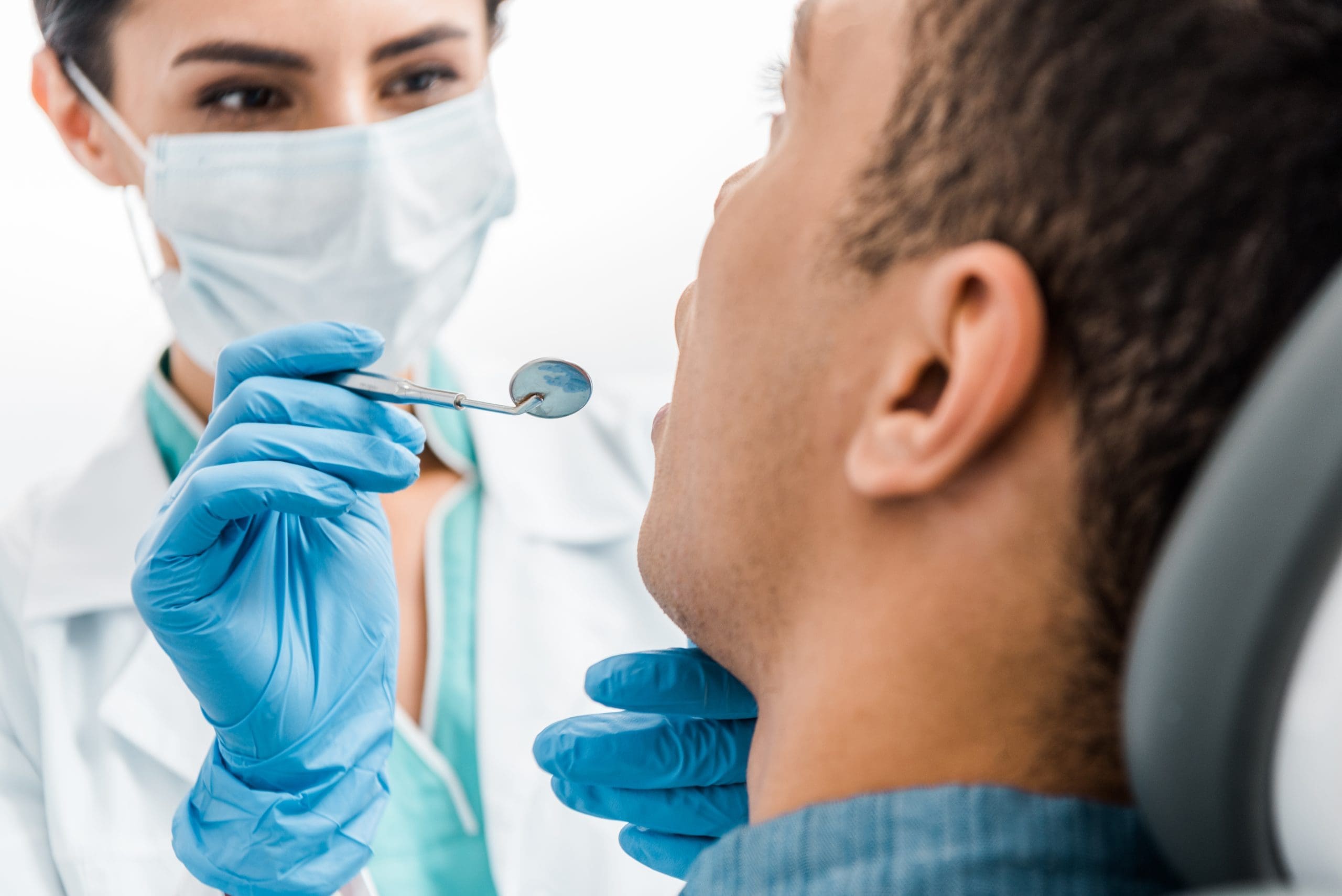How long is the waiting period for dentures after tooth extraction? Generally, the waiting time can vary depending on individual healing processes and specific dental practices. It typically ranges from a few weeks to several months, allowing gums and bones to heal adequately.
Factors Influencing Waiting Periods for Dentures After Tooth Extraction
The waiting period for dentures after tooth extraction can vary significantly depending on several factors. One of the primary considerations is the individual’s healing process. Each person’s body heals at a different rate, and this natural variability can affect how soon dentures can be comfortably and safely fitted. Additionally, the complexity of the tooth extraction itself plays a crucial role. For instance, if multiple teeth are removed, or if there were complications during extraction, the waiting period might be extended to ensure the gums and bone structure are adequately healed to support the new dentures.
Another significant factor is the type of dentures being considered. Immediate dentures, for example, are designed to be fitted right after teeth are extracted, whereas conventional dentures typically require a waiting period to allow the gums and jawbone to heal. The choice between these types often depends on specific dental assessments and the long-term dental health plan. For those interested in the technological aspects of dentures, Exploring the Latest Innovations in Denture Technology can provide valuable insights into how advancements are shaping options and experiences for patients seeking dentures after tooth extraction.
Immediate vs. Conventional Denture Timing
When considering dentures after tooth extraction, it’s important to understand the two primary types of dentures: immediate and conventional. Immediate dentures are typically prepared before the teeth extraction and can be placed immediately after the removal of natural teeth. This option allows individuals to have a full set of teeth while healing from the extraction. On the other hand, conventional dentures are made after the tooth extraction site has healed completely, which can take several weeks to months. This waiting period is crucial as it allows the gums and bone structure to heal and reshape, ensuring a better fit for the dentures.
Choosing between immediate and conventional dentures depends largely on the individual’s specific situation and needs. Immediate dentures provide the advantage of not having to be without teeth during the healing period, but they may require more adjustments as the gums and bones heal and change shape. Conventional dentures, while requiring a period without teeth, often offer a more stable and comfortable fit in the long term. For more detailed information on options like these, consider exploring Custom Dentures Okatie.
Healing Process After Tooth Extraction
The healing process after tooth extraction is a critical time during which the body naturally repairs the site of the removed tooth. This period can vary depending on individual health factors and the complexity of the tooth removal. Generally, the gum area begins to heal, and the bone starts to reform to fill in the space left by the extracted tooth. Understanding this natural recovery timeline is essential for those considering dentures after tooth extraction, as it influences when the mouth will be ready to accommodate new dental appliances.
Role of Dental Consultations
When considering dentures after tooth extraction, dental consultations play a pivotal role in determining the appropriate waiting period and overall treatment plan. During these consultations, a dentist assesses the health of your gums and jawbone, factors that are crucial in ensuring the fit and comfort of your future dentures. Each patient’s case is unique, and the healing time can vary, thus making these professional assessments essential for a tailored dental care approach.
For those in the Okatie area seeking further information, consider reaching out to Hughes Dental Group Family and Cosmetic Dentistry, your local Okatie Dentist.
Impact of Oral Health on Timing
The waiting period for dentures after tooth extraction can significantly vary depending on an individual’s overall oral health. Factors such as the presence of gum disease, the condition of oral tissues, and the healing rate of the extraction sites play crucial roles in determining the appropriate timing for fitting dentures. Generally, healthier oral environments may allow for quicker progression to denture fitting, whereas more compromised conditions might necessitate extended healing times to ensure the gums and bone are adequately prepared to support the new dentures.
Types of Dentures Available
When considering dentures after tooth extraction, it’s important to understand the different types available to suit various needs and preferences. Immediate dentures are prepared in advance and can be placed right after tooth removal, minimizing the waiting period. Conventional dentures, on the other hand, are fitted once the gums have healed completely, which can take several weeks to months. Partial dentures are an option for those who have some natural teeth remaining, while complete dentures are used when all the teeth are missing. Each type offers unique benefits, ensuring that individuals can find a solution that best fits their dental health situation.
Psychological Effects of Waiting
The waiting period for dentures after tooth extraction can significantly impact a person’s mental health and emotional well-being. During this time, individuals may experience feelings of self-consciousness or low self-esteem due to changes in their appearance and difficulties in speaking or eating. Anxiety and depression can also arise as patients anticipate the adjustment to their new dentures. It’s crucial for dental professionals to support their patients by setting realistic expectations and providing emotional reassurance throughout this transitional phase, helping to mitigate the psychological effects associated with the wait for dentures after tooth extraction.
Importance of Follow-Up Appointments
After getting dentures after tooth extraction, it’s crucial to attend all follow-up appointments. These visits allow your dentist to monitor the healing process, make adjustments to the dentures for optimal fit, and address any concerns you might have. Regular check-ups help prevent complications such as infections or misalignment, ensuring your transition to dentures is smooth and your oral health is maintained. Skipping these appointments can delay the adjustment period and affect the overall success of your new dentures.
Average Waiting Times by Case
When considering getting dentures after tooth extraction, the average waiting times can vary significantly depending on the specific circumstances of each case. Generally, most patients can expect a healing period of about 6 to 8 weeks before conventional dentures can be fitted. This allows time for the gums and bone to heal adequately. However, for those opting for immediate dentures, they can be placed the same day as the tooth extraction, although adjustments may be needed as the gums heal. It’s important to consult with your dental professional to understand the best timing for your situation to ensure the optimal fit and comfort of your new dentures.
Conclusion
For more information on dentures after tooth extraction, please call us at 843-705-7066 or read our reviews on Google Maps.









